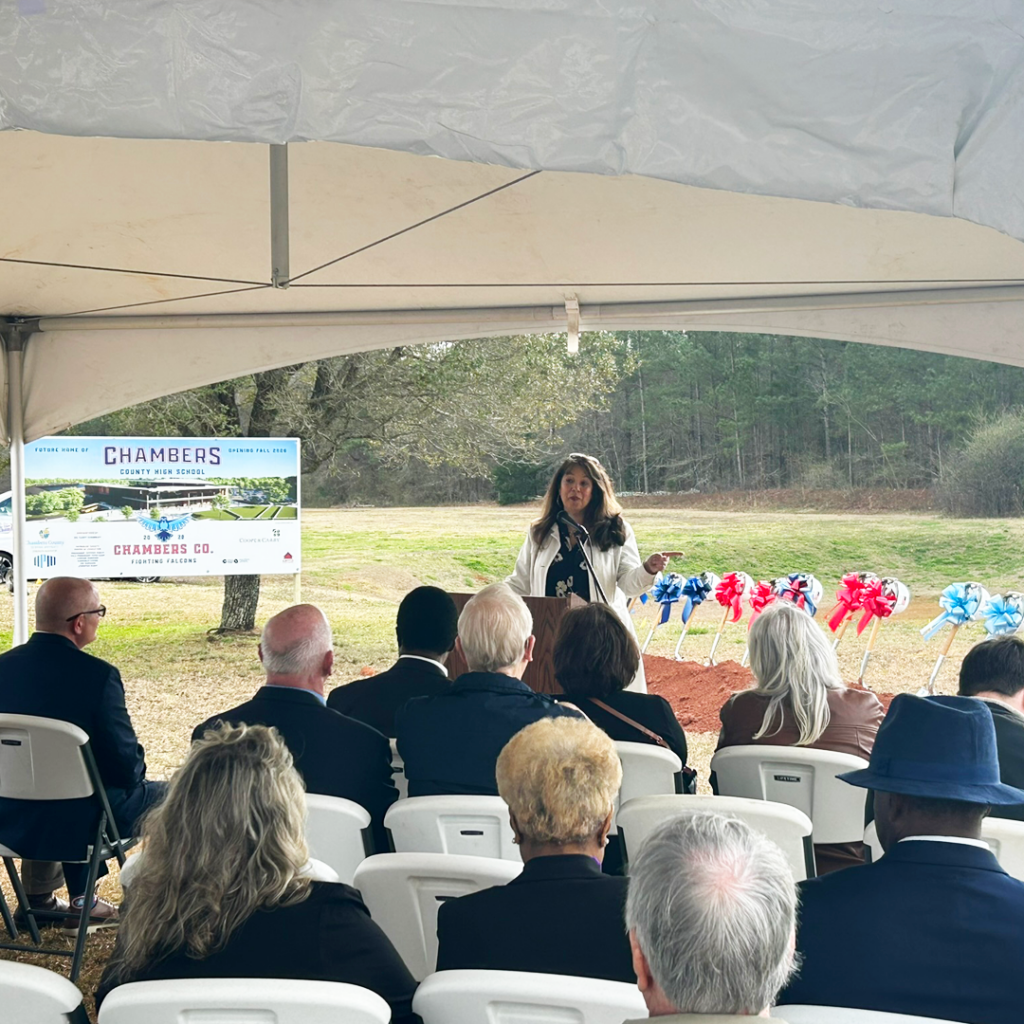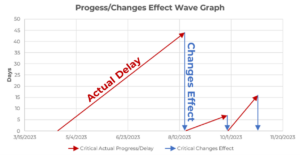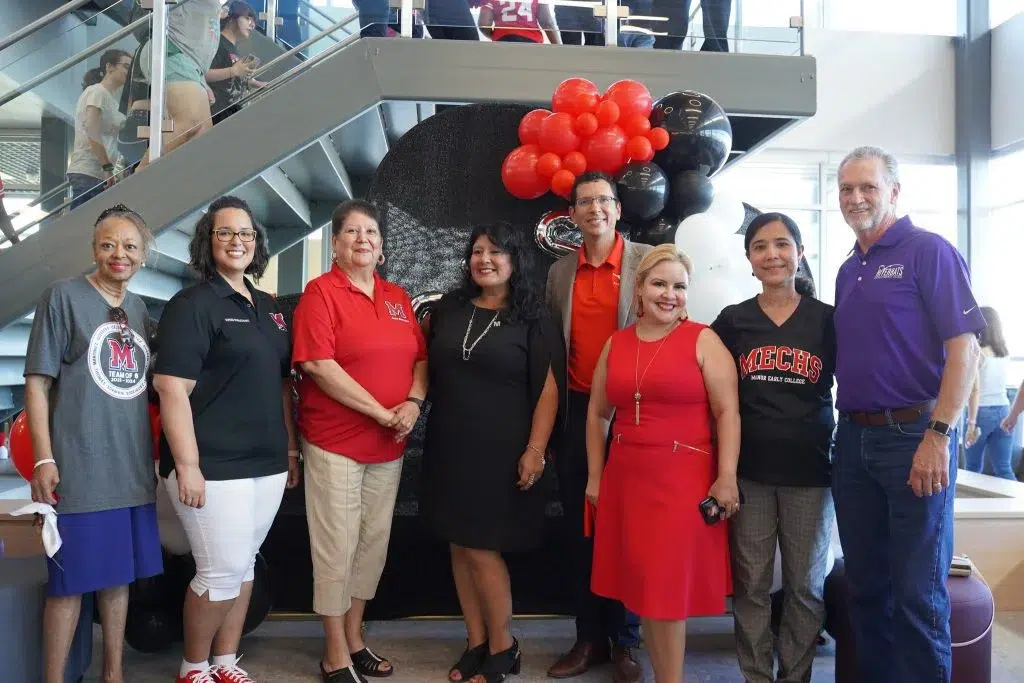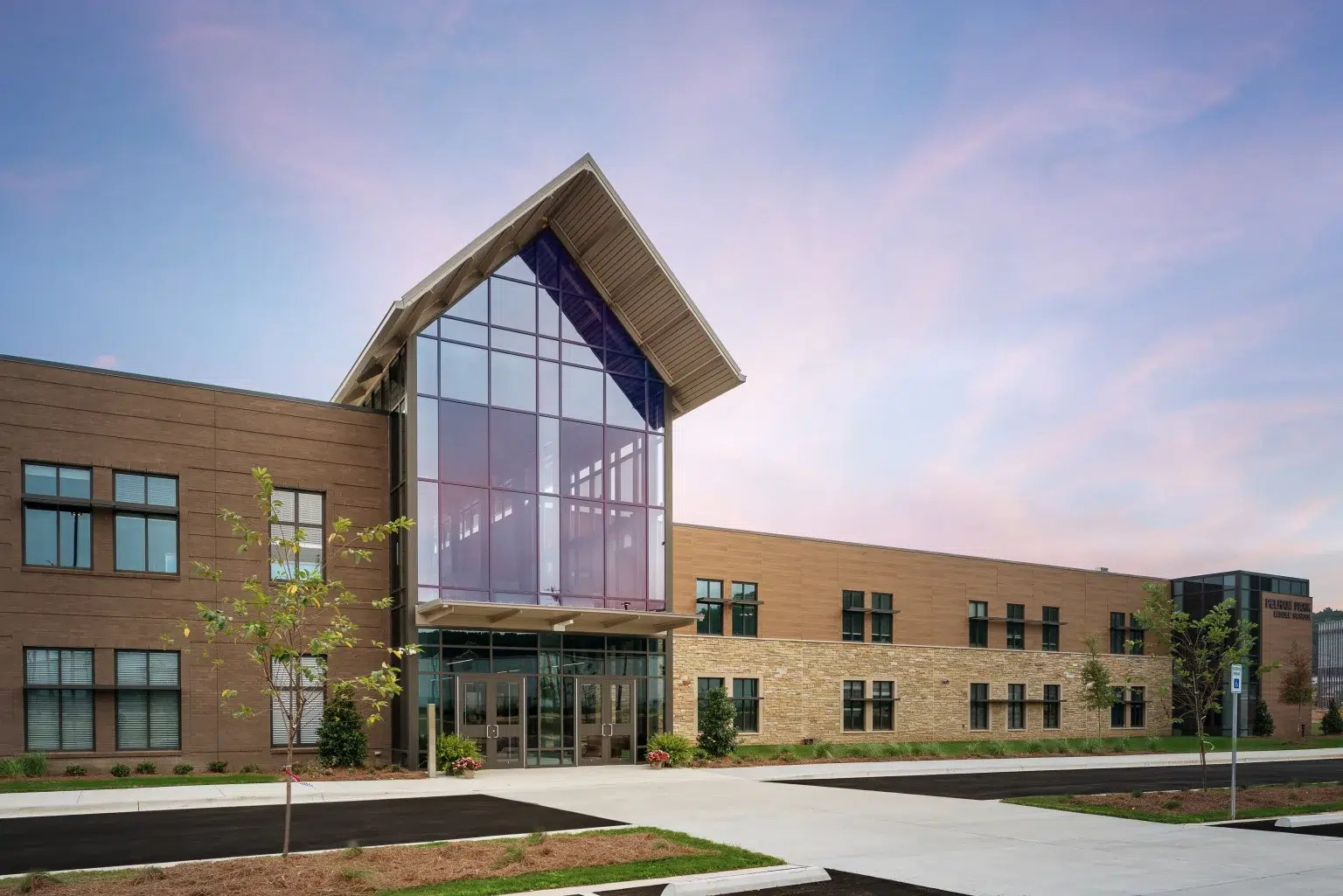Chambers County Schools, located in East Alabama held a groundbreaking ceremony for its new high school on Friday, February 23. The new facility merges Valley High School and Lafayette High School, creating the long-awaited Chambers County High School. The property is located on Ram Stadium Drive.
For 50 years, the county has been under a federal desegregation order. Superintendent, Casey Chambley has worked diligently to upend the order throughout his tenure. To move the district forward, the county’s school board procured HPM‘s planning department to develop a facilities master plan for a consolidated facility. HPM guided the district in terms of construction requirements, as well as the allocation of resources to ensure an optimal learning environment. The site selected by the board minimizes time spent on buses and maximizes instructional time.
As the process has evolved, HPM has managed the design, budget and preconstruction. The district hired Cooper Carry to serve as the architect of record for the school system.
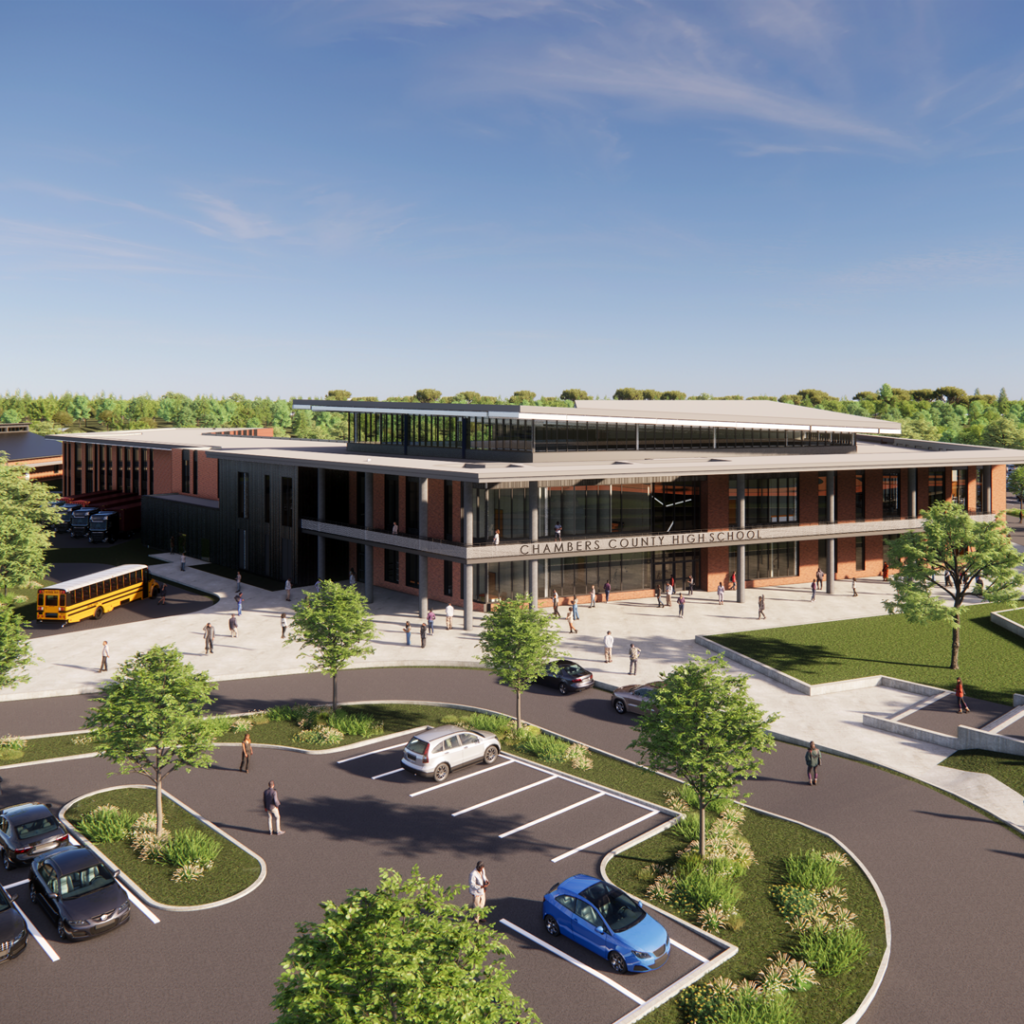
Vice President of Business Development, Andi Sims joined city leaders to speak at the groundbreaking ceremony at the new property.
“I could not be any prouder to be on this journey with my friends –my people — as Chambers County looks toward a new history as the Fighting Falcons”, said Andi. “Thank you for bringing me and my HPM colleagues along for this exciting chapter in the life of our community.”
